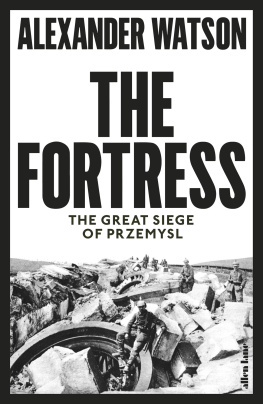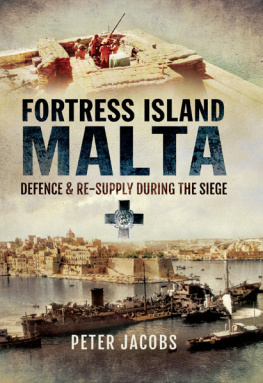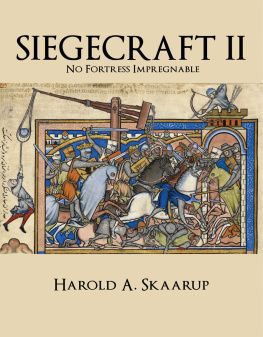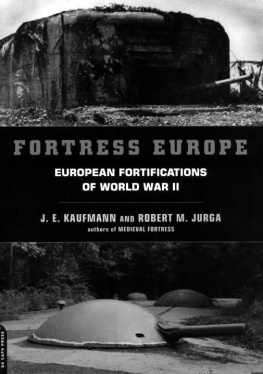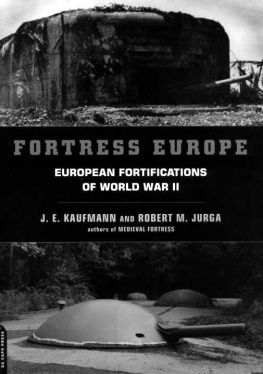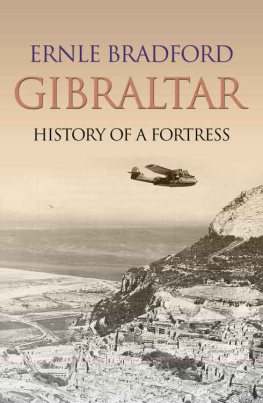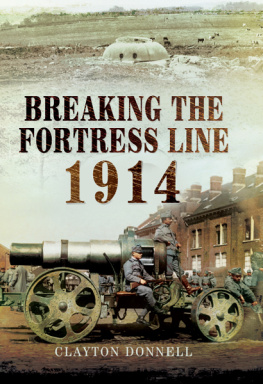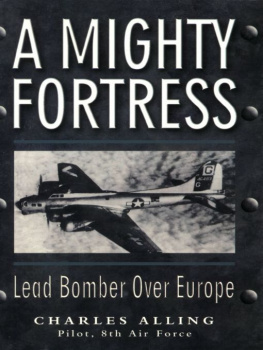Alexander Watson
THE FORTRESS
The Great Siege of Przemyl

PENGUIN BOOKS
UK | USA | Canada | Ireland | Australia
India | New Zealand | South Africa
Penguin Books is part of the Penguin Random House group of companies whose addresses can be found at global.penguinrandomhouse.com

First published 2019
Copyright Alexander Watson, 2019
The moral right of the author has been asserted
Cover photograph: Soldiers amidst the rubble of Przemysl after the second siege of the city by Russian forces, c1915. (Granger Historical Picture Archive/Alamy Stock Photo)
Cover design: Emilie Chen
ISBN: 978-0-241-30907-0
This ebook is copyright material and must not be copied, reproduced, transferred, distributed, leased, licensed or publicly performed or used in any way except as specifically permitted in writing by the publishers, as allowed under the terms and conditions under which it was purchased or as strictly permitted by applicable copyright law. Any unauthorized distribution or use of this text may be a direct infringement of the authors and publishers rights and those responsible may be liable in law accordingly.
For Tim
List of Illustrations
PLATES
. General Franz Conrad von Htzendorf, the chief of the Habsburg general staff. (Postcard, authors collection)
. Lieutenant-General Hermann Kusmanek von Burgneustdten, the commander of the Fortress of Przemyl. (Postcard, authors collection)
. The eighteenth-century clock tower of Przemyl, with Plac na Bramie the place where once a city gate stood below it. (Postcard, authors collection)
. The Old Synagogue in Przemyls Jewish Quarter. (Photograph, Muzeum Narodowe Ziemi Przemyskiej)
. View over Przemyl looking northeast onto the railway bridge and up the San River. (Postcard, authors collection)
. The main marketplace of Przemyl. (Postcard, authors collection)
. Russophiles under arrest in Przemyl. (Photograph, Kriegsarchiv Vienna: BS IWK Fronten Galizien: 7502)
. The village of urawica, lying 5 kilometres north of Przemyl, on fire. (Postcard, Marek Krl Collection)
. A Ruthenian Greek Catholic pastor hanged by Habsburg soldiers. (Vojensk stedn archiv Vojensk historick archiv Praha: 24 632 popravy)
. The Habsburg army retreats through Przemyl in mid-September 1914. (Photograph, Kriegsarchiv Vienna: BS IWK Fronten Galizien: 7510)
. Destitute villagers in the rural district of Przemyl. (Postcard, authors collection)
. The heroes of Przemyl defending the Fortress. (Postcard, authors collection)
. The interval lines closing the gaps between the forts. (Postcard, authors collection)
. Russian attackers storm the Fortress of Przemyl, 58 October 1914. (Postcard, authors collection)
. The ghastly ditch in front of Fort I/1 early on the morning of 7 October 1914. (Illustration by Theo Matejko in A. Hemberger, Der europische Krieg und der Weltkrieg. Historische Darstellung der Kriegsereignisse von 1914/15, vol. 1 (Vienna and Leipzig: A. Hartleben, 1915), p. 501)
. Heir to the Austro-Hungarian throne, Archduke Karl, tours Przemyls fortifications with Kusmanek on 1 November 1914. (Postcard, authors collection)
. A flyer postcard flown out of the besieged Fortress. (Postcard, authors collection)
. Bomb damage inflicted on a Przemyl house by Russian aircraft, 1914/15. (Photograph, Kriegsarchiv Vienna: BS IWK Fronten Galizien: 7481)
. Fortress observation balloon. (Postcard, authors collection)
. Fortress airman. (Photograph, Kriegsarchiv Vienna: BS IWK Fronten Galizien: 7717)
. Military concert during the second siege of Przemyl. (Photograph, Kriegsarchiv Vienna: BS IWK Fronten Galizien: 7719)
. Newspaper boys and girls during the second siege of Przemyl. (Photograph, Kriegsarchiv Vienna: BS IWK Fronten Galizien: 7398)
. Soup kitchen for civilians during the second siege of Przemyl. (Photograph, Kriegsarchiv Vienna: BS IWK Fronten Galizien: 7712)
. Slaughterhouse full of horse carcasses. (Photograph in H. Heiden, Bollwerk am San. Schicksal der Festung Przemysl (Oldenburg i.O. and Berlin: Gerhard Stalling, 1940)
. The destruction of the forts in the early hours of 22 March 1915. (Postcard, authors collection)
. The 3rd May Road Bridge, with one end lying in the River San after being mined on 22 March 1915. (Postcard, authors collection)
. A Cossack riding up Przemyls Mickiewicz Street on 23 March 1915. (Photograph from the Russian propaganda album Przemyl, published in the spring or summer of 1915)
. The expulsion of Przemyls Jews at the end of April or early May 1915. (Photograph, Muzeum Narodowe Ziemi Przemyskiej)
. The Tsar and Grand Duke Nikolai Nikolaevich visit Fort I/1 on 24 April 1915. (Photograph from the Russian magazine Letopis voiny, 41 (30 May [12 June] 1915), p. 650)
. Victorious German troops parade through Przemyl, 6 June 1915. (Postcard, authors collection)
ILLUSTRATIONS IN TEXT
. Fort I, Salis-Soglio: reconstruction of the fort as it would have appeared in 1914. (Copyright Tomasz Idzikowski)
. Fort I, Salis-Soglio: ground plan. (Copyright Tomasz Idzikowski)
)
. Fort IV, Opty: reconstruction of the fort as it would have appeared in 1914. (Copyright Tomasz Idzikowski)
. Fort I/1, ysiczka: reconstruction and cross-section of the fort as it would have appeared in 1914. (Copyright Tomasz Idzikowski)
)
)
. Russian army poster expelling all Jews from the City and District of Przemyl at the end of April 1915. (Archiwum Pastwowe w Przemylu: 397 (Afisze, plakaty i druki ulotni): 501)
Endpapers: The Fortress of Przemyl, 1914 (Neil Gower)

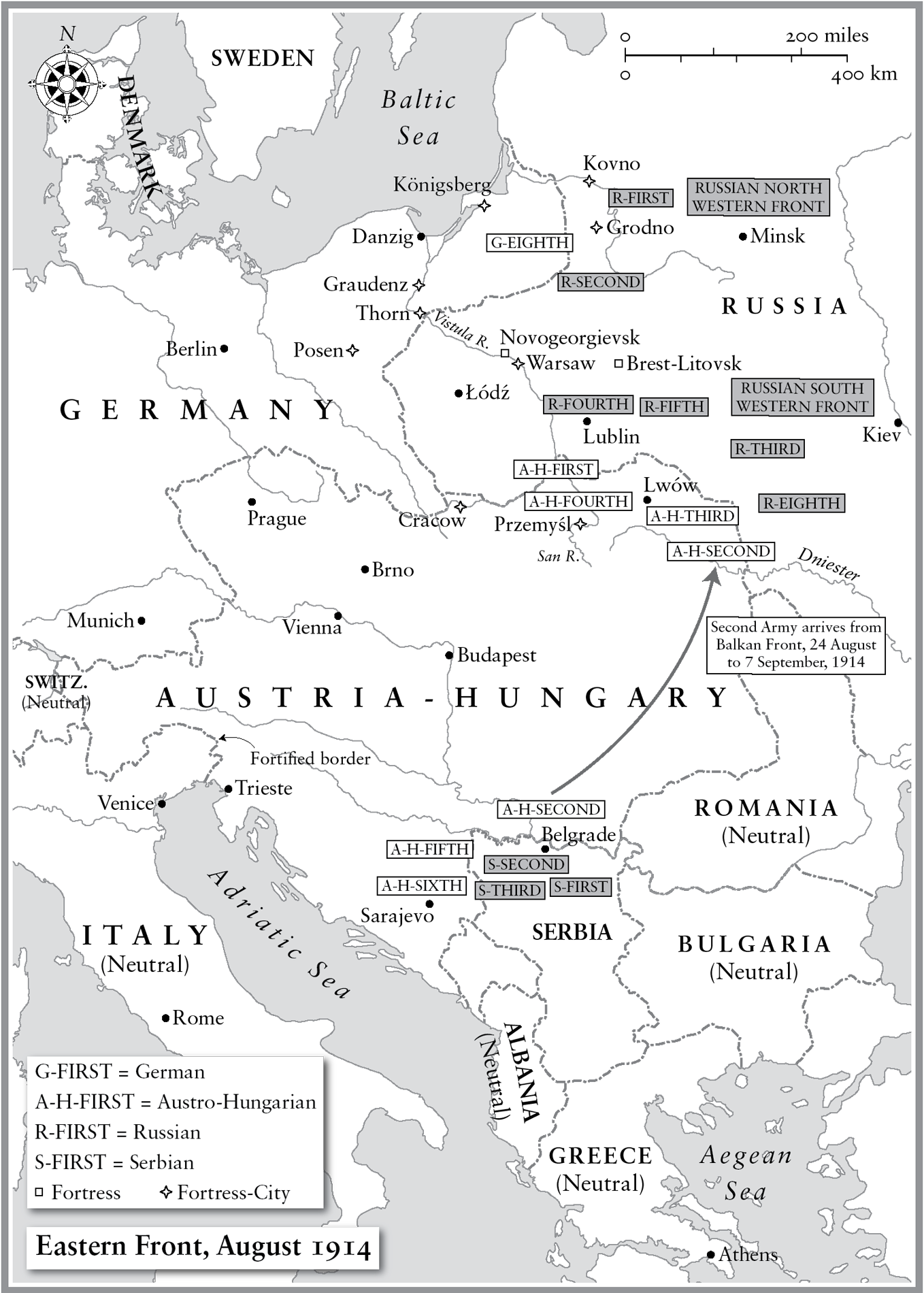

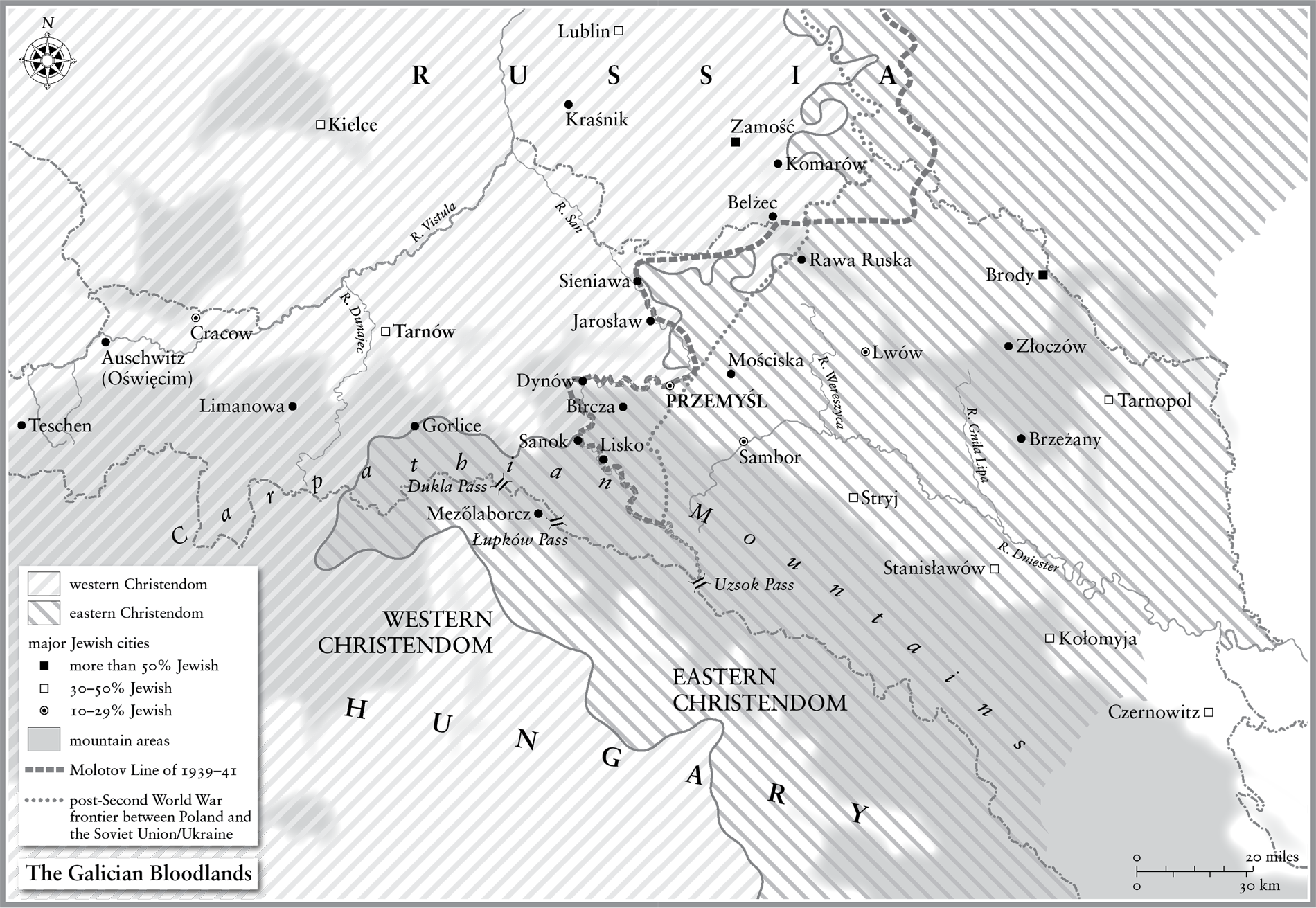
Acknowledgements
This book has been though much of the material is extremely dark a great joy to write. My first thanks are to my editors, Simon Winder at Penguin Books and Lara Heimert at Basic Books, for knowing that, though a place may have more consonants in its name than many people feel right or sensible, it can still be extremely important and possess a fascinating story. I am immensely grateful to them for going over my manuscript so painstakingly, for all their suggestions and improvements and for their huge enthusiasm throughout the project. This book is all the better for it.
I owe great thanks too to a number of people in or at least with very close connections to the city of Przemyl. Dr Tomasz Pudocki, the chief editor of the Rocznik Przemyski the scholarly journal dedicated to the city became a good friend during the project. I am grateful for his generosity in sharing his contacts with me, in sending literature and giving advice. I am also extremely grateful to Tomasz Idzikowski, who has written the definitive works on the construction and technical organization of the Habsburg Fortress. I benefited hugely from his deep knowledge, relayed both in his many publications and through our long e-mail exchanges. The vivid drawings of Przemyls forts as they would have looked in 1914 and the ground plans that appear in this book are all accurate, and are all his painstaking work. I owe him special thanks for his permission to republish them here.

